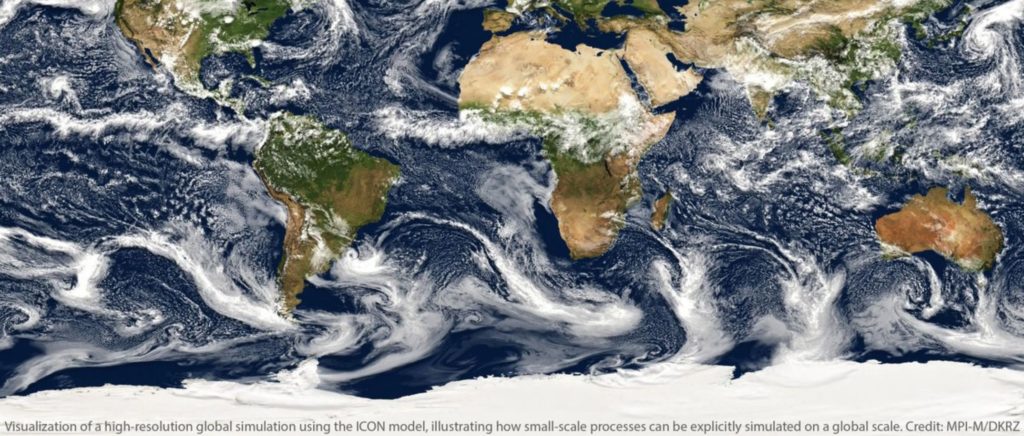Professor Paul Bates co-authors a paper on the need to invest and collaborate on the next generation of climate models.
Prof. Paul Bates’ joined arms with other leading climate scientists to co-author a research paper that calls for investment into the development of the next generation of climate models.
Climate models are used to gain a thorough understanding of climate change risk and provide the foundation for predictions based on this for adaptation and mitigation planning.
In this paper, researchers state that an improved climate model with higher detail and more precise information is needed urgently to enable us to make reliable decisions around climate adaptation.
Storms, floods, and droughts are some of the most costly impacts of climate change. However existing global climate models struggle to represent precipitation and related extreme weather events on local and regional scales.
These new climate models, referred to as kilometre-scale (k-scale) models, will answer fundamental questions about the future of water and the scale of the climate risks we face.
In their paper, researchers state that to bring this step-change in climate modelling capacity to fruition, a group of leading modelling centres linked to state-of-the-art exascale computing and data facilities, is needed.
This will not only support progress towards net zero emissions and climate adaptation, but will also overcome the barriers in delivering climate detailed predictions of high accuracy.
What could this mean for future climate modelling?
The benefits of a k-scale global climate model will include the ability to help us to inform future changes in climate and weather regimes, local weather events, ocean currents, landscape management and the climate, and the consequences of this on marine and terrestrial biospheres.
Therefore, we will have a much greater understanding of not just future water risk but also coastal inundation, habitat loss, disease spread, wildfires, air quality, crops, fishery and forestry, the potential of renewable energy and more.

